Researchers Unveil ‘Ice 0’ – The New Ice Type That Could Revolutionize Our Understanding of Ice Formation
Scientists from the University of Tokyo have discovered a new form of ice, named ice 0, which could change our understanding of ice formation.
Ice 0 can seed the formation of ice crystals in supercooled water, offering new insights into the complex world of ice.
The Complexity of Ice
Ice is not as simple as it seems. There are over 20 different varieties of ice, each forming under unique pressure and temperature conditions.

Source: Michael Discenza/Unsplash
The ice we use in our drinks, known as ice I, is just one of these varieties. Ice 0 is a new addition to this diverse family.
Discovery Details
In a study published in Nature Communications in July 2024, researchers from the Social Cooperation Research Department “Frost Protection Science” at the University of Tokyo revealed their findings on ice 0.
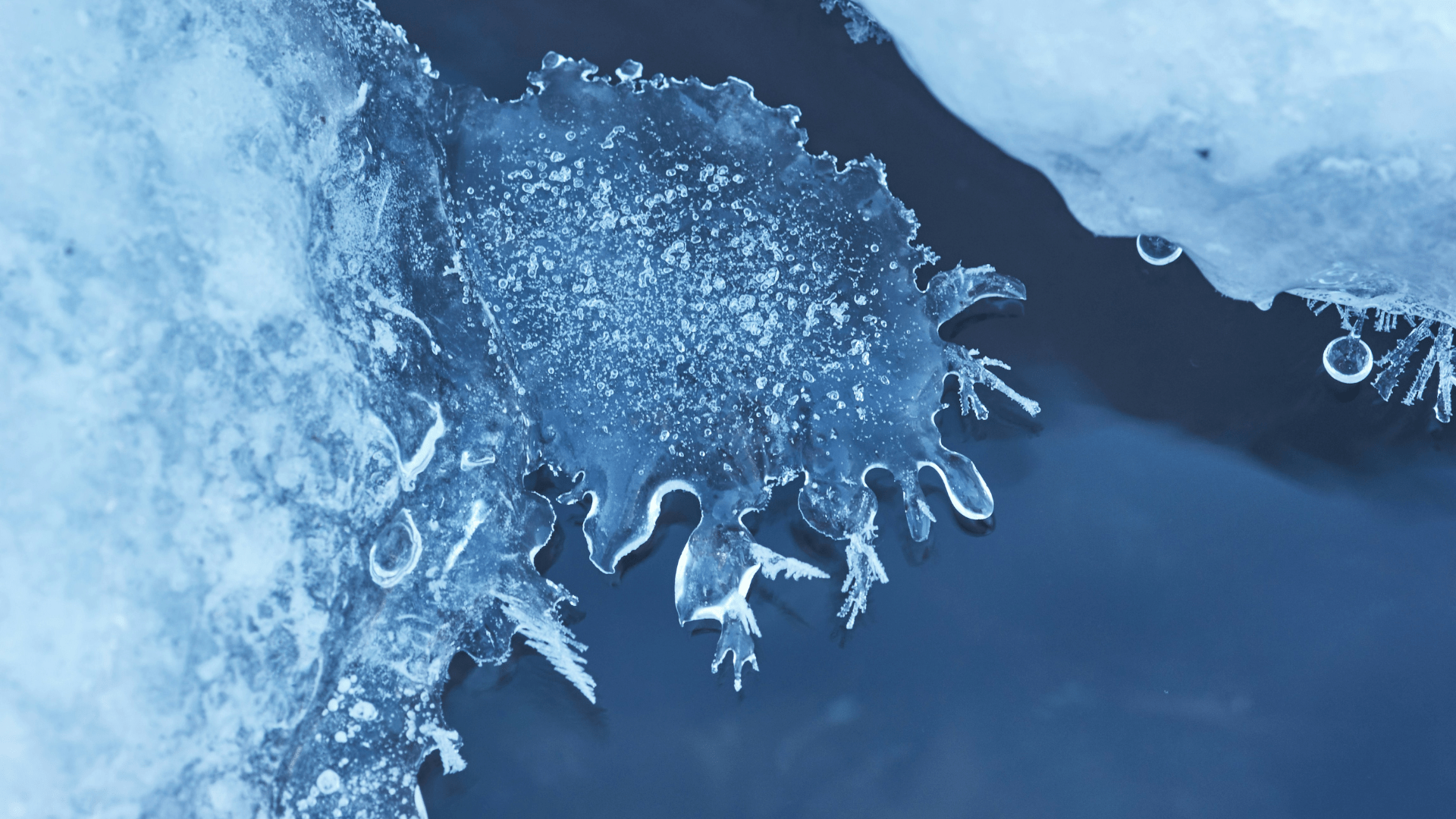
Wolfgang Hasselmann/Unsplash
This study has the potential to redefine our understanding of how ice forms.
Ice Nucleation Basics
Ice nucleation is the process where ice crystals form. Typically, this occurs heterogeneously, meaning it happens at a solid surface, like the inside of a container.

Source: Freepik
However, the new research shows that ice can also nucleate just below the water’s surface, where it meets air.
Role of Ice 0
Ice 0-like structures play a crucial role in this surface nucleation process. These structures have a ring-shaped configuration that closely resembles supercooled water.
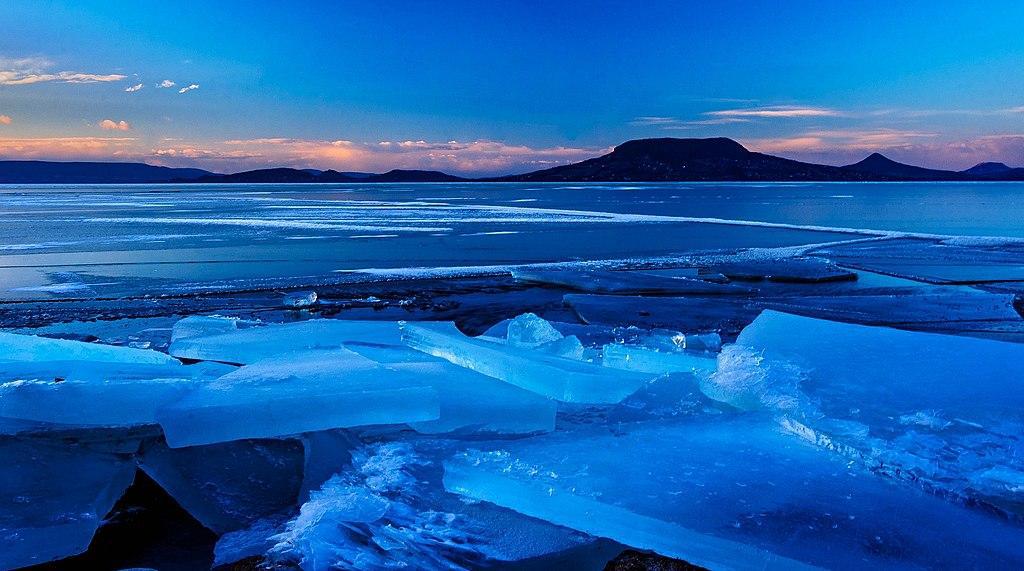
Source: Wikimedia
This similarity allows water molecules to crystallize more readily from ice 0 precursors.
Surface Crystallization Explained
Lead author Gang Sun stated, “Simulations have shown that a water droplet is more likely to crystallize near the free surface under isothermal conditions.”

Source: Wirestock, Freepik
This finding resolves a longstanding debate about where crystallization occurs more readily — in the surface or internally.
Formation of Ice 0 Precursors
Ice 0 precursors form spontaneously due to negative pressure effects caused by the surface tension of water.
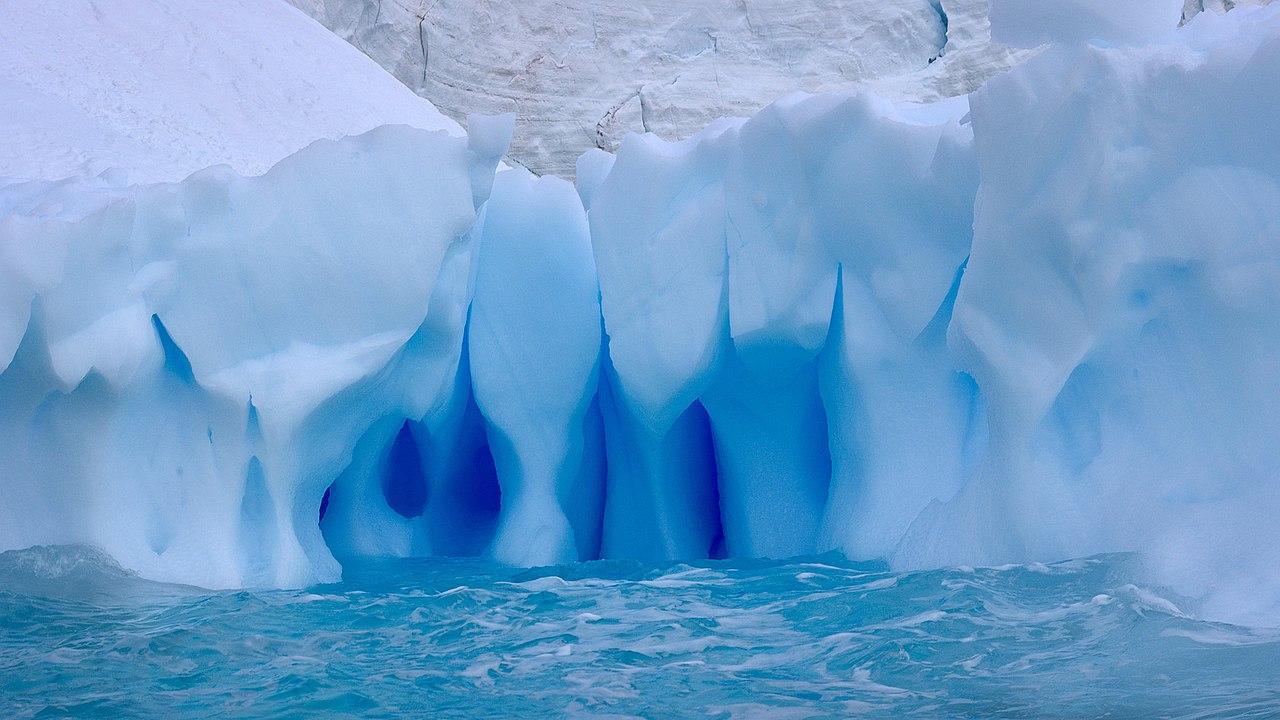
Source: Wikimedia
These tiny precursors initiate crystallization, which quickly transitions into the more familiar ice I.
Implications for Climate Studies
Senior author Hajime Tanaka highlighted the broader impact of this discovery, especially in climate studies.

Source: Cassie Matias/Unsplash
The mechanism of surface crystallization could significantly affect our understanding of ice formation in natural environments, such as in clouds.
Relevance to Food Science
Understanding ice formation is also important in food science.

Source: Duane Mendes/Unsplash
The ability to control ice nucleation can improve food preservation techniques, ensuring better quality and longer shelf life for frozen products.
Technological Applications
The insights gained from this research can also be applied to technology.
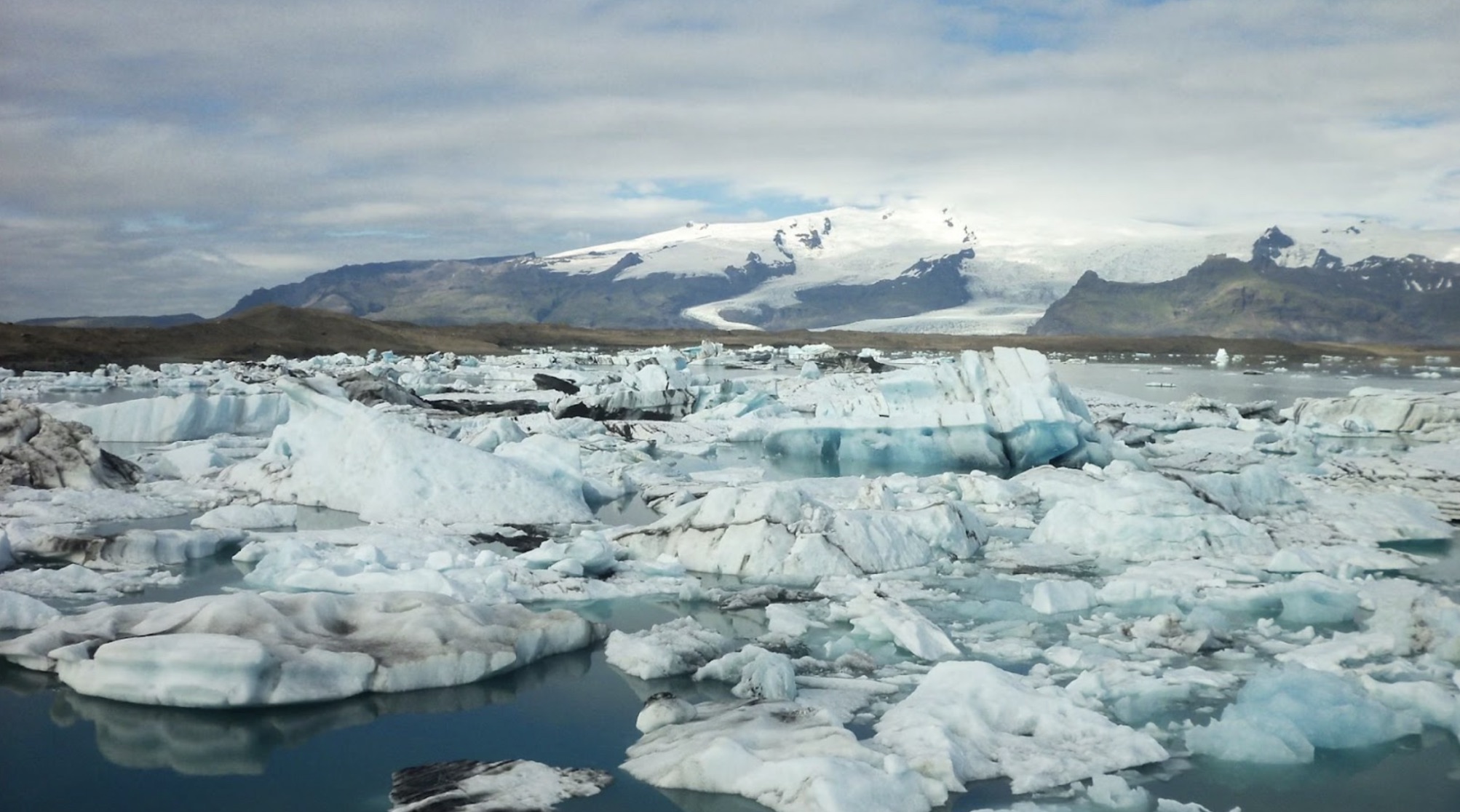
Source: Asile Clairette/Unsplash
Innovations in air conditioning and other cooling systems could benefit from a deeper understanding of ice nucleation processes, potentially leading to more efficient designs.
Future Research Directions
This discovery opens up new avenues for future research. Scientists are now interested in exploring other possible ice types and their unique properties.
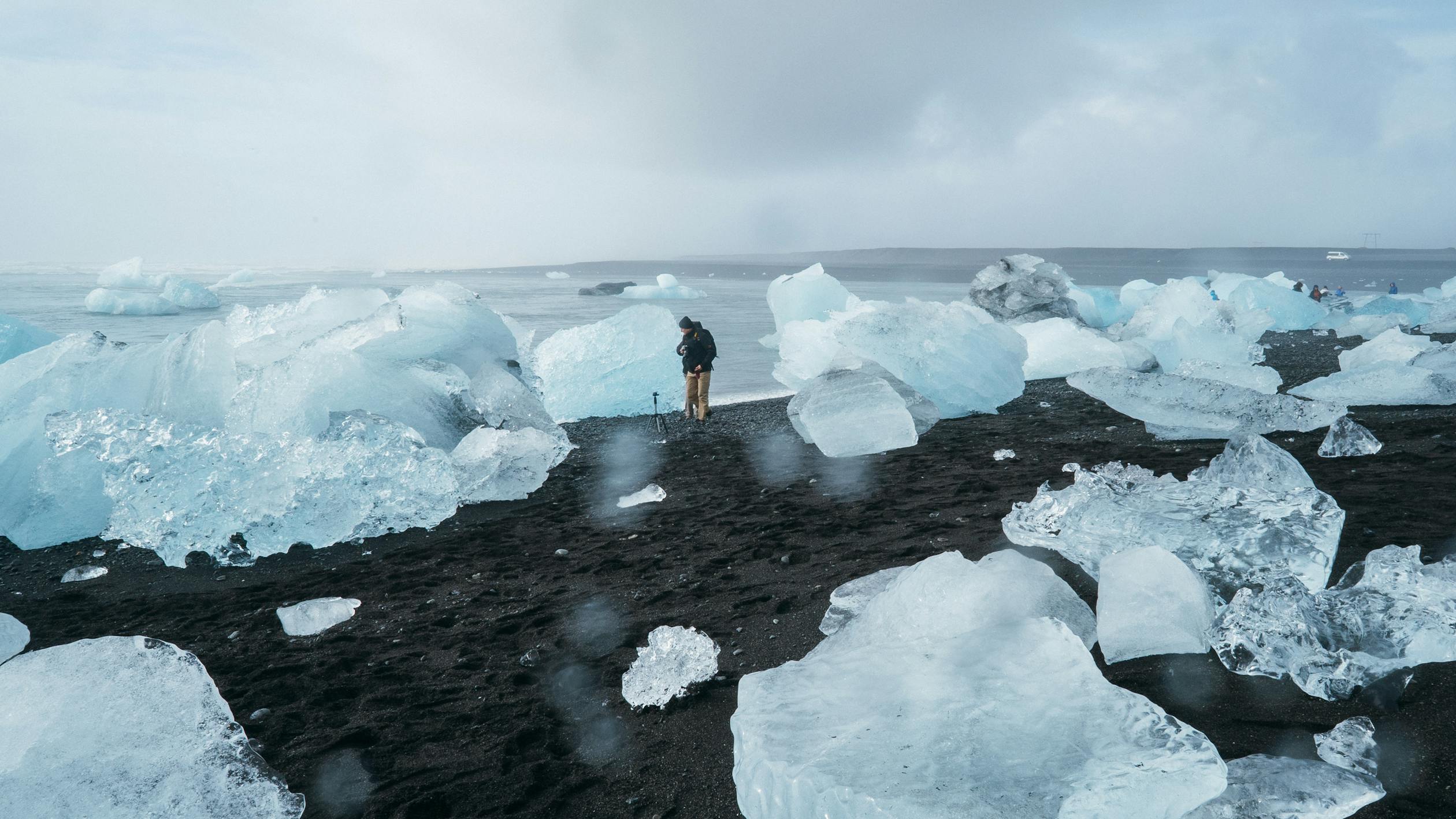
Source: Valdemaras D./Pexels
The study of ice 0 is just the beginning of a new chapter in ice research.
The Importance of Ice 0
The discovery of ice 0 marks a significant milestone in our understanding of ice formation. With wide-ranging implications from climate science to technology, this new ice type could revolutionize how we study and utilize ice in various fields.
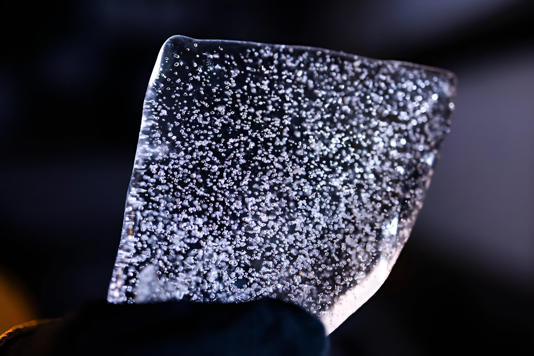
Source: Katherine Stelling, Oregon State University
The journey of uncovering the mysteries of ice continues, with ice 0 at the forefront.
